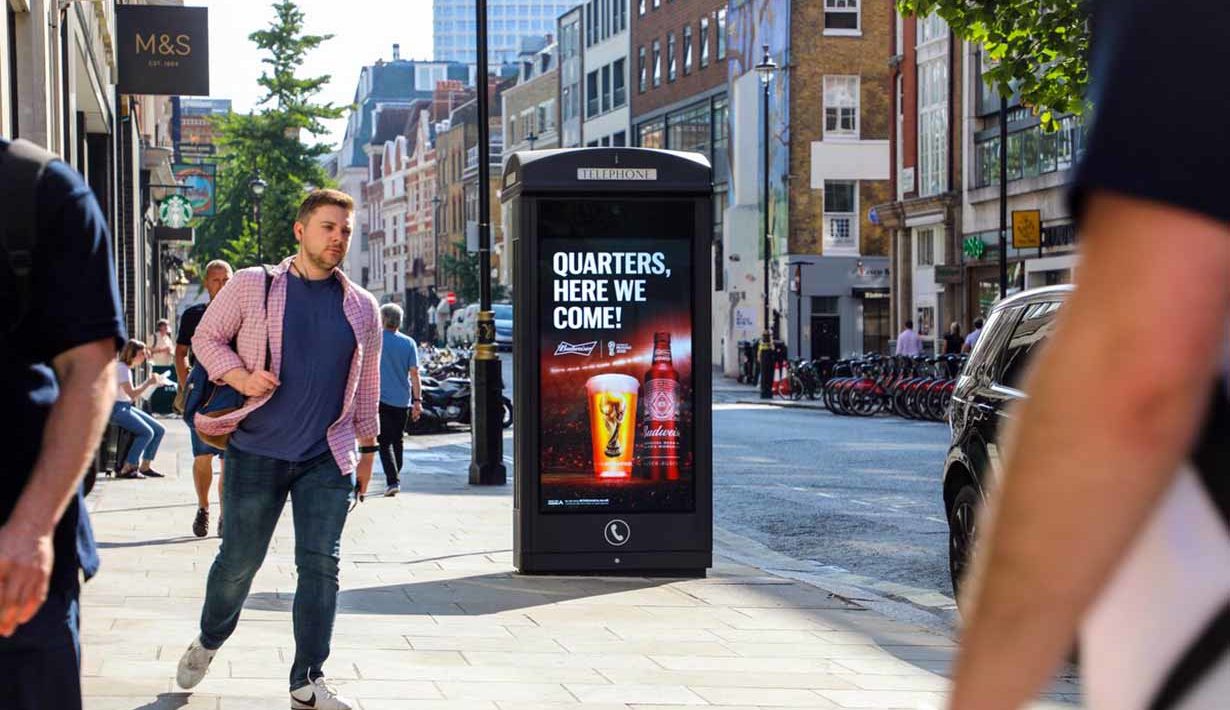It’s no secret, you have a ton of choices when it comes to how to spend your marketing dollars. With only so many marketing dollars to go around, you want to make sure you stretch every dollar and make the right decisions. Decisions that will not only help you reach the most people but also get you the most bang for your buck. Weighing the pros and cons of each opportunity and determine which form is best for your business and ultimately what will work best.
As you have explored different forms of advertising you most likely have come across outdoor ads. Like when you have explored other advertising opportunities, you probably have asked yourself if outdoor ads work. In this article we’re going to talk more about outdoor ads, we’ll dive into how they work, and show you how they can be effective for your business.
You probably already are aware that outdoor ads are designed to reach consumers when they are on the move. Outdoor ads really give you the best chance to reach masses of people like you and I most people spend more time out of their homes than in them.
Outdoor ads can be found all over. You’ve seen them in billboard form, on the side of a bus, to even alongside buildings. Businesses use outdoor advertising as it’s a great way to build a brand, become more visible, and puts them in a position for increased success and sales.
Utilizing outdoor ads can improve your sales & marketing plan in a number of ways. The key question is how do you actually measure these efforts, and because there are many of them out there, which measuring tools should you use?
With so many eyeballs on the road, one of the primary & unique benefits of outdoor ads is the delivery of actual viewed impressions. Unlike other digital media in which measurement is based on viewable impressions, you’ll find that outdoor ads give the number of people who see an ad, also known as visibility adjusted contacts (VAC), versus the number who could have potentially seen it, Opportunity to Contact (OTC).
When it comes to measuring the effectiveness of an outdoor ad campaign, several marketing factors contribute. In most cases, it breaks down four ways:
- Store Visits: this is the percentage of consumers that purchase a product or service in a physical store or place of business as a direct result of seeing an ooh advertisement.
- Purchase Consideration: this is the customer evaluation of how the offering fills their need or needs.
- Purchase Intent: This is the probability that a consumer will buy a product or service from the result of seeing an ooh advertisement.
- Ad Recall: this is the percentage of consumers who recall a specific ooh advertisement or brand that they came across after exposure has ceased and they have had time to take it all in.
You’ll find that like with other multi-channel marketing campaigns that touch points can be found along the path to conversion. Referred to as multi-touch attribution it tracks and assigns “fractional credit” to touchpoints along the conversion path. It’s important to have a clear understanding of outdoor ad placement as it’s going to help you generate the most results and see the most success with your campaign.
If your looking for a great way to track ooh performance, you might want to consider digital trails. Digital trails can include vanity URLs, microsites, promo codes, links, and other information featured in the ad. This form of analytics allows marketers to track just how frequently people are visiting them based on your ooh advertisement.





